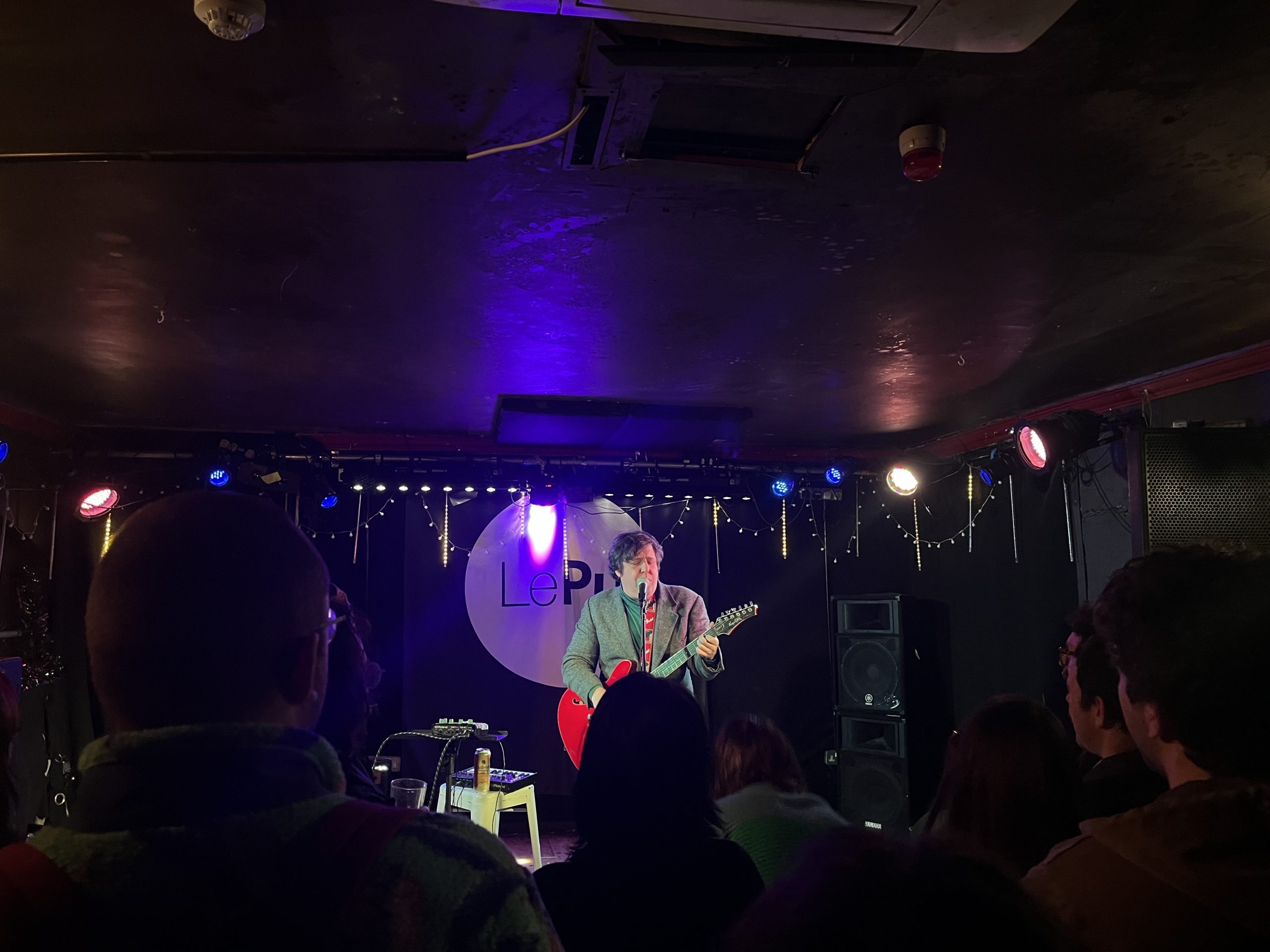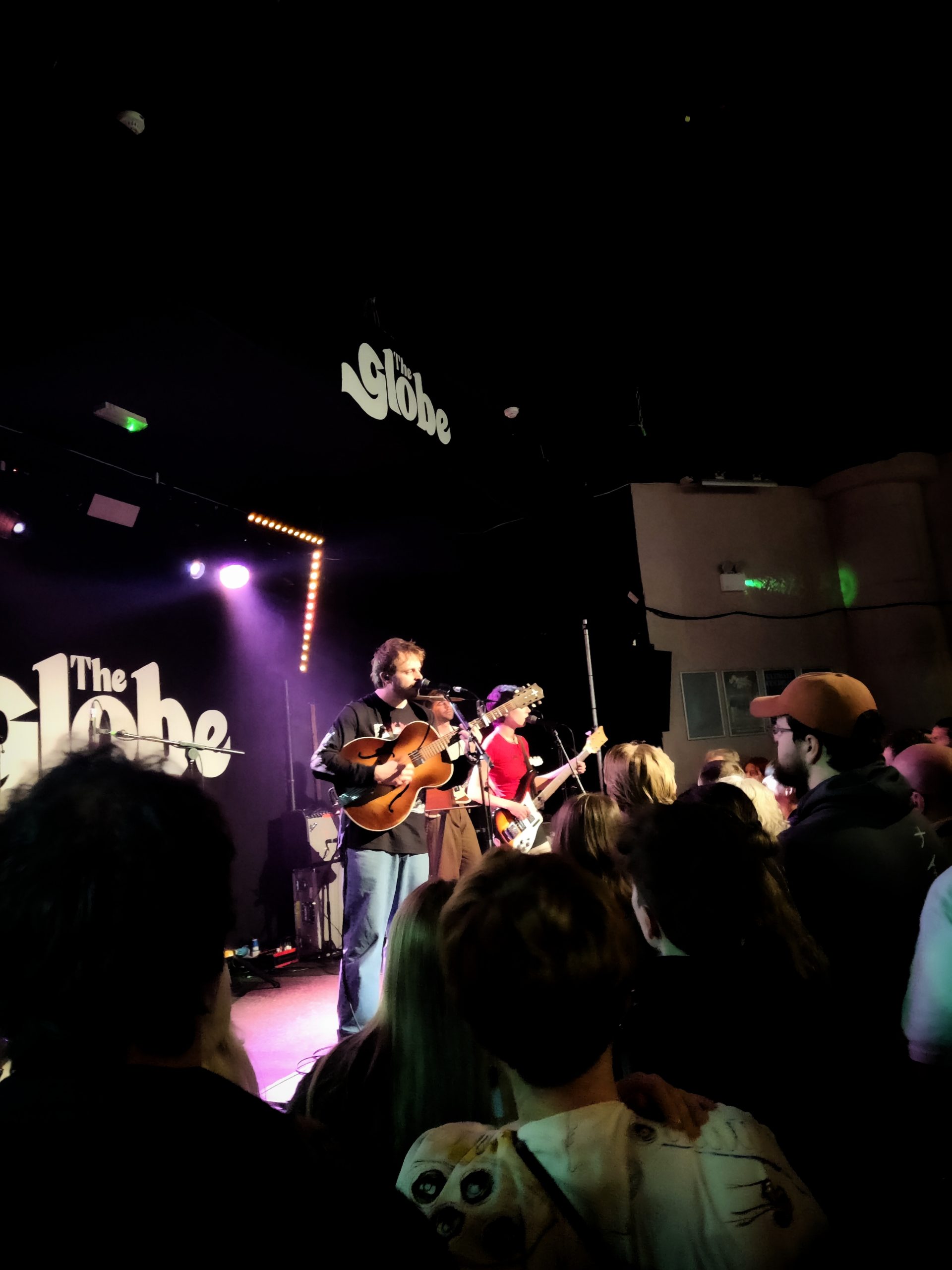by Hope Docherty.
Poetry itself can be collectively grouped as a genre of literature conveying an emotional response to an experience/ image personal to the poet. This emotional response is then intensified with the style and rhythm of the language chosen to show to the reader. Though is this academic grouping enough in 2020? Social media has created a new platform for poets to present their work without academic attachment. William Shakespeare’s unacquainted love structured into a sonnet is no longer the first work to spring to mind once poetry is the topic of conversation.
Poetry within social media platforms is reaching new audiences and fulfilling a word limit much like a sonnet. Twitter users have taken on the challenge of adhering to a new poetic form using the 140 characters or less limit. What would Shakespeare think of this modern sonnet? This new poetic form can be found under the hashtag ÔÇÿ#micropoetry’ with the ÔÇÿmicropoetry society’ Twitter account having a following of near to twenty thousand. Just like a tweet, in a moment of our everchanging world, a micropoem can react to a worldly event before quickly disappearing in the rolling Twitter feed. A retweet can reach much further in a shorter amount of time than a published book. Some accounts to follow on Twitter as a beginner to the world of micropoetry:
However, is social media now the place to gain the popularity for a published poetry book of your own? Rupi Kaur and her poetry book ÔÇÿMilk and Honey’ is now displayed on nearly every single Urban Outfitters in the UK. This poet first became popular amongst the Gen Z population with her following on Tumblr. Tumblr, unlike Twitter, has no word limit and with a supportive community, lets poets flourish in a safe environment. Kaur now has a following of four million on Instagram with illustrations accompanying her poetry. Social media such as Instagram and Tumblr allow poets to show their illustrations alongside their work as well as capturing daily life to show personal writing inspirations. Kaur’s ÔÇÿMilk and Honey’ presents poetry and prose, each chapter focusing on a separate topic such as sexual trauma, menstruation, reproductive rights and femininity. Her Instagram posts have accompanied this with images of her own menstruation to bring attention to unspoken topics within the public eye. Social media has given the reader a bird’s eye view into the poet’s life with images such as her menstruation making her a relatable figure to follow.
Poetry itself surrounds us whether we want it to or not. Whether this be social media, music or the business side of advertisement. The UK bank Nationwide has used poetry throughout most of their advertising campaigns, collaborating with artists for a personal touch. With this, Capitalism and poetry combine to sell bank accounts to customers possibly drawn in by the prose. Jason Williamson, lead singer and lyricist from British band Sleaford Mods, comments on this ÔÇÿon-your-side’ imagery Nationwide presents in this use of advertisement. Stating in a Dazed interview, ÔÇÿit picks out the evils of Capitalism. . .the idea that he’s gonna look after your shi*t wages’. The bank has chosen working-class British citizens to speak of their own struggles in a light-hearted poem, which again Williamson comments upon as ÔÇÿthe bank knows you’re depressed, it knows you’re lonely. . .but if you just pull through it’ll be there to look after your five pence’. Sleaford Mods are known for their political agenda displayed in their lyrical flare but in this instance, it is put into question by Williamson whether poetry should be used so calmly in mainstream media. Viewers have been moved into a false sense of hope by the banking company using poetry as a tool to sell.┬á
Sleaford Mods are poets in their own right, their lyrics can be found being shouted in gig venues across the UK. Unlike Nationwide, they capture the reality of working-class Britain in poetic form. Their work is informative, highlighting issues that need to be heard. Sleaford Mods in their song ÔÇÿJobseeker’ comment on the rising levels of unemployment in Britain,
ÔÇÿCan of Strongbow, I’m a mess,
Desperately clutching onto a leaflet on depression,
Supplied to me by the NHS.’
This lyrical work being similar to Kae Tempest in their poetry where they examine the same issues, pushing social inequality to the forefront of their work. In their poem ÔÇÿEurope is Lost’, society is asked to wake up from the constraints of Capitalism,
ÔÇÿPeople are dead in their lifetimes,
But look how the traffic keeps moving,
The systems too slick to stop working.’
Europe is lost in the sense that its people live for the weekend, staying in their comfortable office jobs whilst refusing to inform themselves of political failure such as the refugee crisis. Tempest has performed at the UK festival Glastonbury in both 2017 and 2019, reaching a wider audience with their live poetry. With the loss of festivals and music venues with the arrival of coronavirus, poets have lost their ability to perform live. The art world has had to adapt to survive in this new world with performances changing to live streams. Artists previously mentioned such as Tempest and Williamson would not be where they are today without the use of live performances. Breaking the constraints of words on a page to add emphasis in speech. Using the example of ÔÇÿThe Poetry Caf├®’ located in London which is currently closed to the public alongside many other venues. Live poetry performances have been lost in 2020 though the caf├® has stated it will try to create as many live-streamed versions as possible. Poetry will now rely on social media more now than ever before, creating the question of whether it will thrive online to adapt or decline without the use of live performance.


